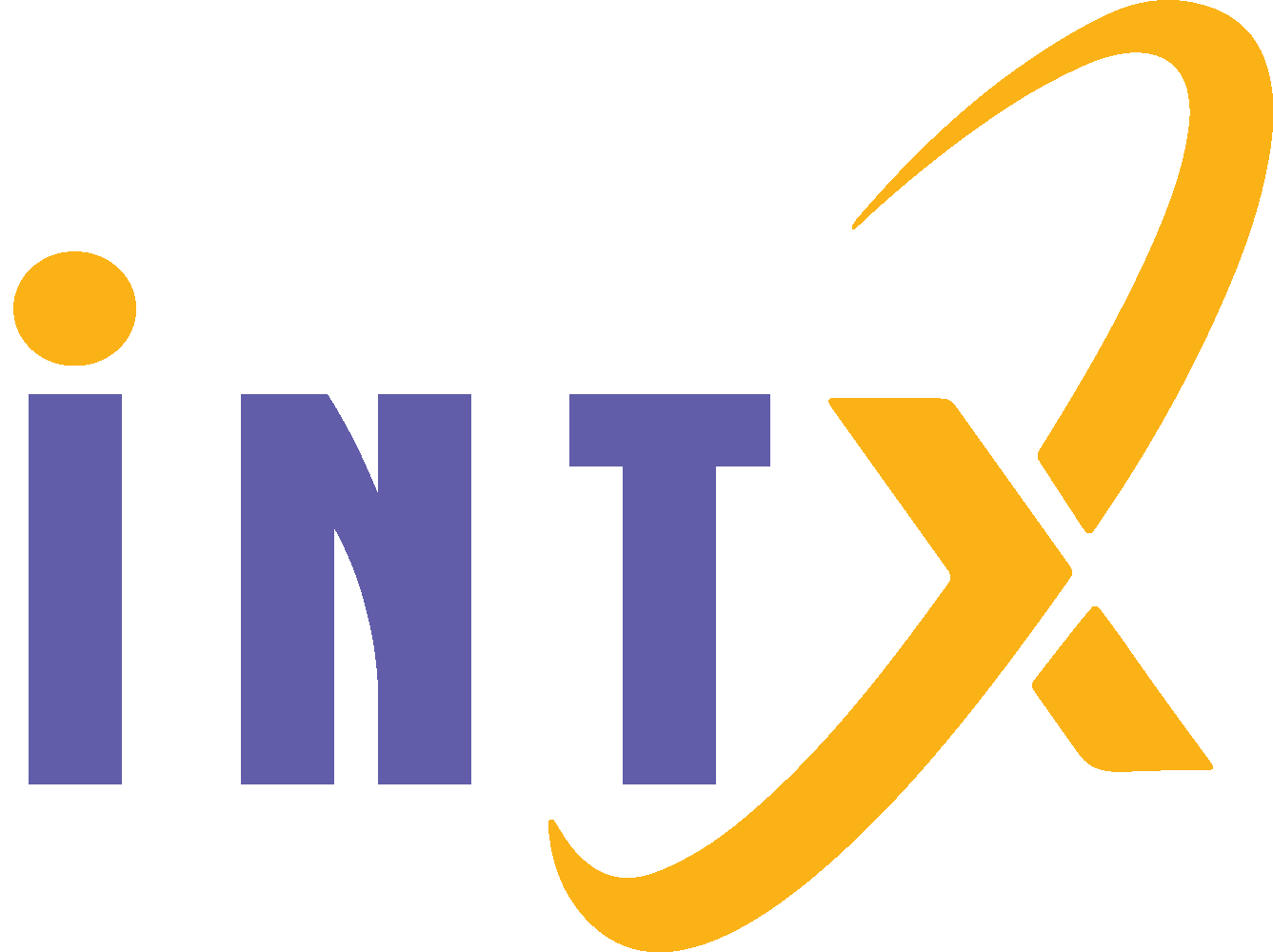Subtotal 0 ₫
Introduction

In the vast expanse of the digital universe, a group known as Anonymous has carved out a reputation as the modern-day Robin Hoods of cyberspace. Originating from the chaotic forums of 4chan in the early 2000s, Anonymous has evolved into a decentralized collective of activists and hacktivists, recognized for their distinctive Guy Fawkes masks and a shared philosophy of anti-censorship and freedom of information.
The Rise of Anonymous
Anonymous is not a traditional group with a clear hierarchy or membership. It is an idea, a symbol of collective power against oppression, and a means for collective action. The group gained notoriety for its cyberattacks against various governments, institutions, and corporations, positioning itself as a digital counterforce against entities perceived as corrupt or censorious.
Early Actions
The group’s early actions were marked by a sense of mischief and a desire to challenge authority. However, as their actions grew in scale and impact, so did the attention they received from law enforcement and the media. Anonymous became known for their high-profile cyberattacks, which included taking down government websites and exposing confidential information.
Philosophy and Tactics

At the heart of Anonymous lies a complex philosophy that intertwines with the anarchic spirit of the internet. They operate on the belief that information should be free and that the internet is the last bastion of true freedom in a world increasingly surveilled and controlled. Their tactics range from Distributed Denial of Service (DDoS) attacks to sophisticated hacking, all aimed at disrupting the status quo and promoting transparency.
Notable Operations
Anonymous has been involved in numerous operations that have had significant social and political impact. They have targeted organizations such as the Church of Scientology, ISIS, and various governments worldwide. Their operations are often a response to social injustices, political oppression, or threats to internet freedom1.
Operation Payback
One of the group’s most famous campaigns was Operation Payback, which targeted companies that opposed internet piracy or withdrew support for WikiLeaks. This operation marked a shift in the group’s focus from mere digital pranks to more purpose-driven actions.
Support for Social Movements

Anonymous has also thrown its support behind various social movements, including the Arab Spring and Occupy Wall Street. They provided technical assistance, exposed surveillance, and kept communication channels open when governments attempted to shut down the internet1.
The Impact of Anonymous
The actions of Anonymous have sparked debates about the nature of activism and the ethics of hacking. Supporters view them as freedom fighters and protectors of civil liberties, while critics label them as cyber terrorists. Regardless of one’s stance, the impact of Anonymous on digital activism is undeniable.
Legal Repercussions
Many individuals associated with Anonymous have faced legal consequences for their involvement in cyberattacks. These arrests have highlighted the risks of hacktivism and the legal boundaries of digital dissent.
Media Representation
Anonymous has been featured in documentaries, news articles, and has even influenced pop culture. Their iconic Guy Fawkes mask has become a symbol of resistance and anonymity, transcending the group itself1.
Ethical and Legal Debate
The actions of Anonymous also spark a significant ethical and legal debate. While some view their activities as a form of digital activism or hacktivism, others see them as outright cybercrimes. This dichotomy raises questions about the balance between activism and the rule of law, and whether certain forms of hacktivism can be justified under the guise of promoting transparency and fighting oppression.
Impact on Individuals
For individuals associated with Anonymous, being caught and prosecuted can lead to life-altering consequences. Beyond the legal penalties, they may face social stigma, difficulties in finding employment, and long-term surveillance by authorities. The risk of legal action serves as a deterrent but also highlights the need for a clear understanding of the legal boundaries of digital activism.
Conclusion
Anonymous represents a new frontier in activism, where the digital and the physical intersect. Their actions have shown that collective anonymity can be a powerful force for change, but it also raises questions about accountability and the rule of law. As the digital landscape continues to evolve, the legacy of Anonymous will undoubtedly influence future generations of activists and hacktivists.
In a world where digital rights are increasingly under threat, the story of Anonymous serves as a reminder of the power of collective action and the importance of safeguarding the principles of freedom and openness on the internet.
Intx High Technology., LLC


